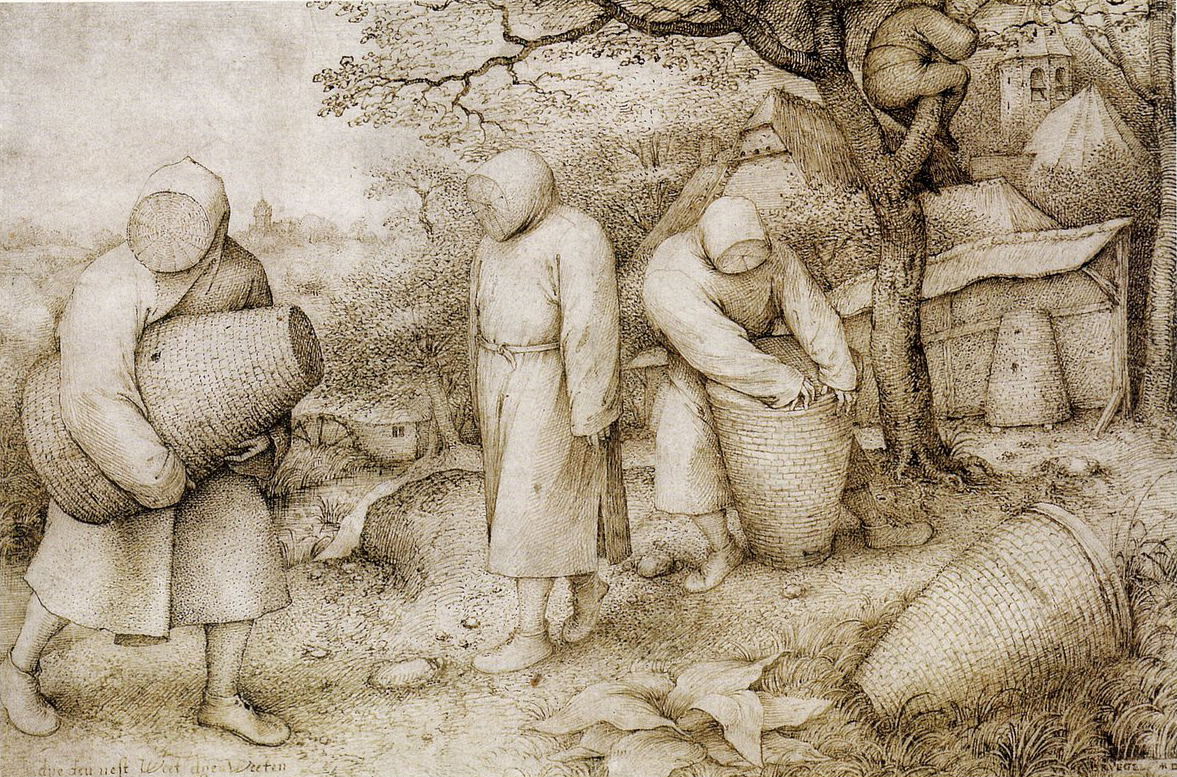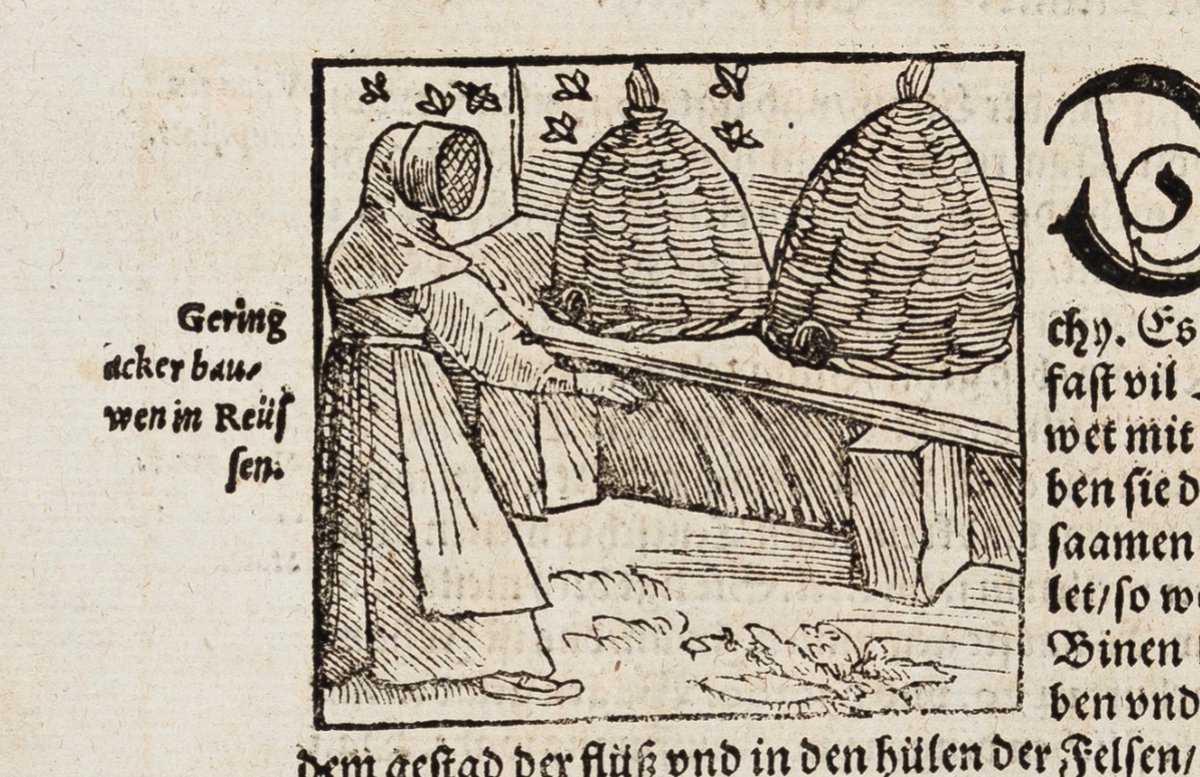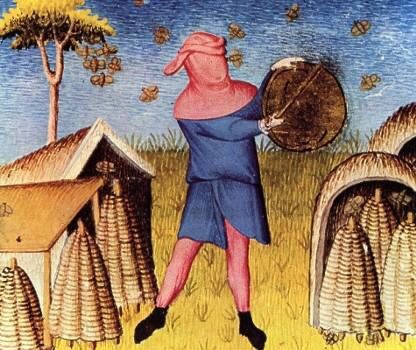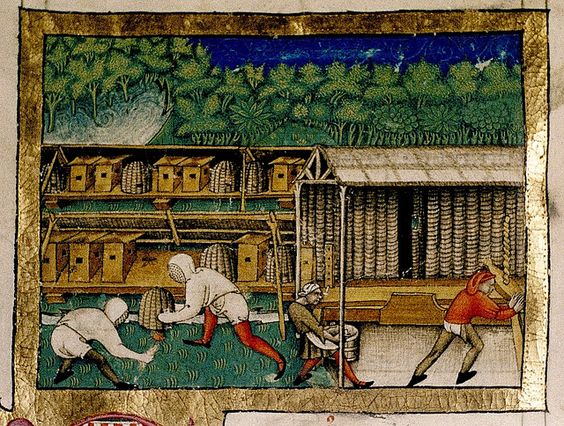Victorian-Edwardian Pinafore

Pinafore Wikipedia article
A pinafore inspired by those worn by children in Victorian and Edwardian photographs, especially in classrooms & work houses. I sadly had to substitute the silhouette as seen in the photographs with a more apron-like appearance, situating the waist further down. Being, for a lack of a better word, well-endowed, obviously does not go well with the straight silhouettes of children’s garments, so I suppose there always has to be some altering done when I replicate them. Generally, the waist/part that separates bodice from skirt is way up by the armpits for pinafores worn by young girls.
Workflow
v1
Bodice: height? Width: 50cm, in total (all-around) ca. 100cm Skirt: 50x4, so 200cm, height 70cm Bodice made made an entire fabric piece, cut in the back, square collar Frill at shoulders was added, but I assume I will replace it with better lace once I have it. No frill at the skirt hem yet, no lace details on the collar. I want more delicate crochet lace for that. I need to take better pictures of it as well.
I made my mother try it on as well, and I think she looked splendid in it (especially since she is smaller than me too), and she said she liked it, except the frill at the shoulders. She called them "wings" and said they looked too infantile on her.
Gallery


References









Materials
Pattern
Medieval Beekeeper Costume
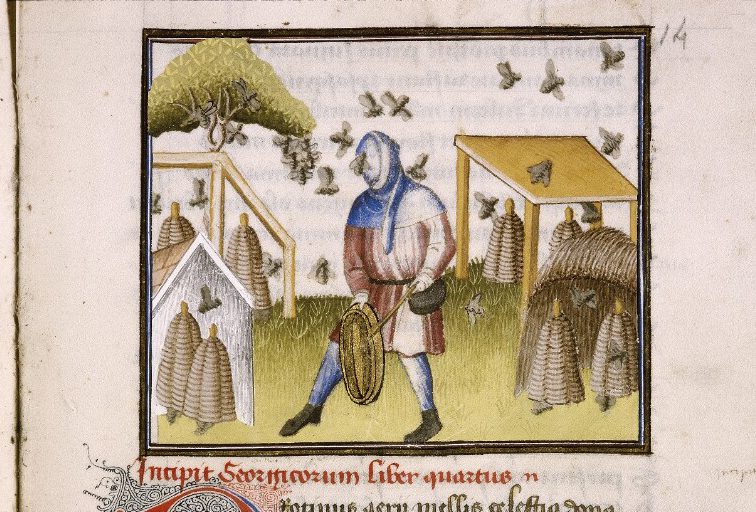
My first, albeit unconscious exposure to the odd looks of a medieval beekeeper was through the game The Witcher 3 in the form of a demonic character called the Brewess. I can’t remember how I gained interest in the medieval beekeepers, but it started with me carving a woodblock of Phlegma, the saint beekeeper, and now, I also finally got around to making my own costume.
I secretly like dressing up – which admittedly comes with a lot of shame and fear of how other people percieve me. Masked costumes like a medieval beekeeper garb enable me to do that without having to show my face and be more comfortable, even if people look at me funny.
Workflow
v1
Even before properly planning this project, I had bought a small wicker basket from a home depot store that reminded me of the face piece of medieval beekeepers, just in case I ever decided to do something with it. I had also bought natural-coloured linen which I originally used as lining for my handmande chaperon (I wore that as hood all winter long – very comfortable and even fashionable, in my opinion). I roughly had 250 x 150 cm of the linen fabric left after making the lining, which concerned me if i had enough for an entire beekeeper outfit.
As it turned out, it was thankfully just enough fabric, but that uncertainity caused me to procrastinate a lot – the fear of not having enough fabric, which would have resulted in me postponing this project until my next trip to the fabric store – but as it turned out, this was, all in all, an extremely easy and forgivable sewing project.
With this, I started researching medieval/celtic tunic or shift patterns online, which are very easy to come by; if you even need them at all. They are basically just around 1-4 rectancles of fabric fitted to your measurements (depending on if you have enough to make one entire front and back piece, or if you can cut the entire shift including sleeves from a single piece of fabric etc…). I ended up using 3 pieces for the tunic: the two sleeves as well as one bodice piece. The hood is made from a single piece of fabric; I used a self-drafted pattern I had used before (for my chaperon). I also decided to add more personalized elements to my patterns: by one, I added a semi-short liripipe to the hood, which is not really seen in period-accurate depictions; the beekeepers either have a quite long liripipe that wraps around their head, or none at all; I decided to leave open the two slits on the side of the tunic for more mobility (also because I didn't have enough fabric left for full-length gores), and also opted for a forked-bib look for the chaperon.
The rest of the workflow is very straightforward: attach fitting pieces together & hem. Since this linen fabric frayed very easily, I had to hem it extra properly.
After wearing it for the first time, I decided to probably thread strings through the sleeve holes so they are more adjustable. Otherwise there are no other adjusting threads needed.
I also need to sew the slits more closed because I'm very sure I was unintentionally flashing my underwear more than a few times… or wear proper pants along with the tunic.
v2
An artist drew this inspired by my costume!! I can’t tell you how surprised and delighted I was finding this in my notifications – I feel so honoured!

Please check out the artist: @Call_me_Kili on Twitter
Gallery
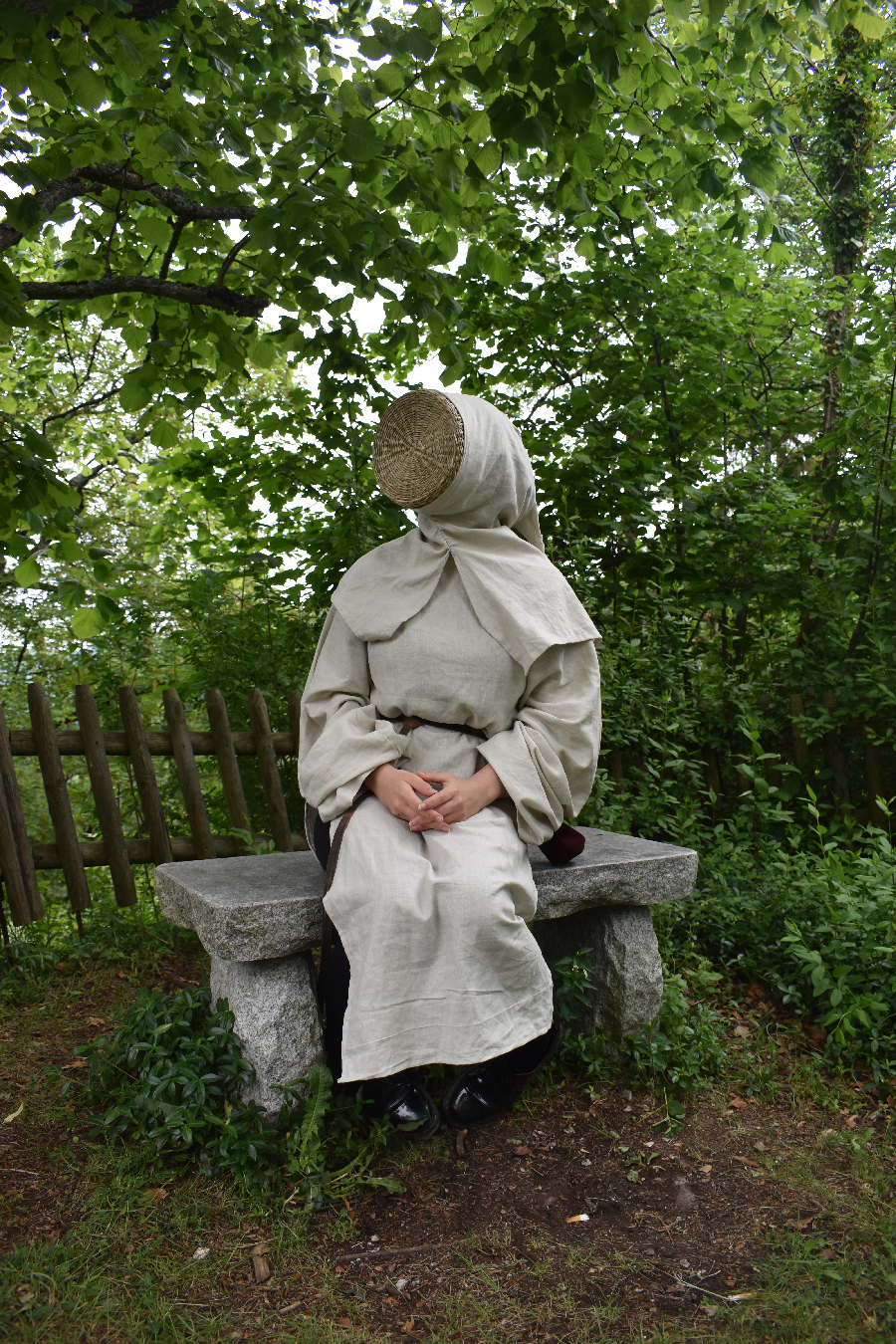



References
